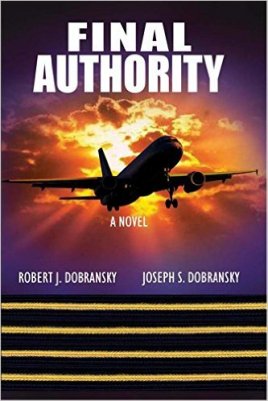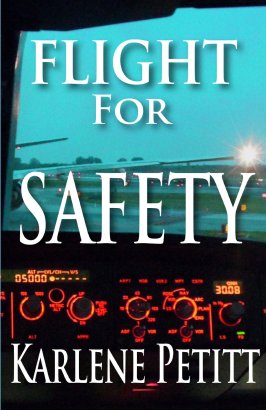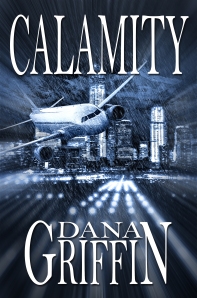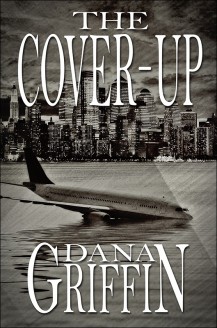 The engine failure and cabin depressurization of Southwest’s flight 1380 on Tuesday morning, April 17, hit close to home. I’m a Boeing 737 pilot for another airline who has flown from New York’s LaGuardia airport to Texas.
The engine failure and cabin depressurization of Southwest’s flight 1380 on Tuesday morning, April 17, hit close to home. I’m a Boeing 737 pilot for another airline who has flown from New York’s LaGuardia airport to Texas.
This blog’s intention is to give people not in the airline industry some perspective of what the pilots and flight attendants of this flight might’ve dealt with.
First off, my condolences to the family of the woman killed on the flight. I cannot imagine the anguish they must be experiencing.
I also want to congratulate both the pilots and flight attendants for successfully handling this emergency. All airline crews train for emergencies, but only when one happens is do we learn who can push aside their fear, concern, and confusion and deal with the situation presented to us.
The details presented here come from what I’ve gathered from news reports and my own experience with this aircraft. I don’t have an insider track on the investigation. All thoughts and opinions are this writer’s.
The flight was climbing through thirty-two thousand feet on its way up to thirty-eight thousand when one of the blades on the N1 rotor—the large fan on the front of the engine that generates the majority of a jet engines thrust—departed the engine. Why is unknown at this time. That’ll be something the National Transportation Safety Board (NTSB) will determine.
The departing blade tore away the engine inlet lip and part of the cowling, flinging parts against the fuselage and shattering a cabin window.
The pressure in the cabin at this stage of the climb would have been approximately seven pounds per square inch. When the window disintegrated, roughly one thousand pounds of force attempted to shove the unfortunate woman sitting at that seat out the window.
Either the woman’s shoulders or hips, or heroic efforts of the passengers nearby who grabbed her, prevented her from being completely forced out the small hole.
In the cockpit, the pilots—two of them, not a lone one as the news media portrayed—were probably first alerted to this problem by a vibration more severe than they had ever experienced. When the rotor blade departed, the engine might have ingested some of the debris and damaged the internal turbine sections signaling an engine fire. Within a few seconds the window would have shattered, and the cabin altitude would have climbed above fourteen thousand feet signaling another warning to the crew.
The crew would have been confronted with two severe emergencies at the same time: an engine fire, and a cabin rapid decompression. Either one alone would have made this pilot’s heart pound.
Most likely, the crew donned their oxygen masks and established communications with each other. Time of useful consciousness at this altitude would have been approximately one minute. With the fighter-pilot like masks on they would not have been able to yell to each other. Once they configured their audio panel so that they could communicate through the aircraft’s intercom and overhead speaker, they would’ve consulted the Rapid Depressurization/Emergency Descent checklist and begun a dive for a lower altitude.
Getting to a breathable altitude, ten thousand feet or lower, would have been more important than dealing with the engine fire. The oxygen masks in the cabin would have deployed automatically, but that supply of needed air would only last for approximately twelve minutes.
The emergency descent procedure is to deploy the speed brakes by yanking on a lever beside the throttles—which would lift four desk size panels atop each wing that destroy lift and cause drag—and descend at the maximum airspeed of 335 knots. That would have given them a descent of five to six thousand feet a minute.
Some of the passenger reports of the vibration during this time might have been from the rumble the speed brakes make when deployed at this speed.
Once they were in the descent and that checklist complete—which there are several more steps than mentioned here—they probably began dealing with the engine fire.
The initial steps in that checklist has the crew shutting down the engine that was on fire, a step they should have been diligent in identifying to each other. There have been instances in the past of crews getting in a rush and shutting down the operating engine. Then, they would have pulled the fire handle for that engine to deprive it of fuel and hydraulic fluid so there would be no fuel for a fire. Then they would have activated at least one fire extinguisher.
Meanwhile, while this was going on, the crew would need to communicate with air traffic control. The air traffic controller who was watching their blip on their radar screen would need to know why they were no longer climbing but descending rapidly.
On the recordings I’ve listened to, it was obvious the controllers who worked this flight went out of their way to assist this crew. Still, the controllers need to be told what the crew intends to do so they can clear the airspace in front and below them so that they don’t collide with another flight. Not only does the controller have this emergency flight to deal with, they still have to handle the other aircraft in their sector.
If the emergency flight is diverting to another airport, which this crew rightly did, the controller needs to coordinate with the controllers at that airport they have an emergency flight coming their way.
Dealing with the numerous steps on both of these emergency checklists—something they don’t want to skip or not follow thoroughly, or they could cause other problems— and dealing with air traffic control can add additional stress. Without knowing it, a controller asking questions of their intentions which the crew may not have had time to consider, or while providing them information can interrupt their completing the checklist or dealing with the emergency in the cabin. The airline I fly for suggests one pilot fly the aircraft and deal with air traffic control while the other handles the emergency checklist.
Compounded with this, would have been the three flight attendants had their own emergency to deal with. Not only did they have a rapid decompression, they also had a medical emergency.
If the flight had been smooth prior to the emergencies, the flight attendants would have been out of their seats. Two of them might have had the beverage cart out in the aisle. When the cabin depressurized, they would have had to decide to use a free mask that dropped out of the ceiling, or rush to their jump seats and retrieve a portable oxygen bottle. In this model of the 737 each passenger service unit deploys four masks.
If they were breathing from a mask dropped from the ceiling when they noticed they had a medical emergency, they wouldn’t have been able to attend to them without possibly passing out. Only after being notified by the pilots that they had descended to an altitude where oxygen was not needed would they have been able to attend to the injuries; unless they had retrieved their portable oxygen bottles.
It will be interesting to know if the flight attendants and passenger that gave the gravely injured passenger CPR continued to do so through the approach and landing, or did they take their seats and buckle in. Knowing they were landing in a stricken aircraft their self-preservation might have urged them to take their seat. It’s possible their compassion for this dependent passenger overruled their own survival.
At some point the pilots and flight attendants would need to talk to each other, yet another distraction for the pilots, but one that is critical. The flight attendants would need to inform them of the numerous injuries and ask what the plan was. In other words, how long before we’ll be on the ground, would they be evacuating or bracing for impact.
This would have happened while the pilots were preparing to land at an airport they had not planned for. They would need to learn what the weather and landing runways were, program the flight management computer and tune the navigation radios for the approach as well as discuss the landing.
It appears there was some miscommunication in the conversations with the flight attendants. Considering the stress both were experiencing that is understandable. From the recordings I’ve heard the captain reported to air traffic control a passenger might have been blown out, which wasn’t the case. It also would have been the flight attendants who informed them about the missing cowling. Though the flight attendants probably reported it as the captain did to air traffic control by stating, “a part of the aircraft was missing.” The pilots can not see the engines from their seats and neither one would leave the cockpit to go take a look.
The 737 flies well on one engine, but it is more difficult than flying with two engines. Every power change will require an adjustment of the flight controls as the aircraft will attempt to roll towards or away from the operating engine. It has also lost more than fifty percent of its thrust considering the weight of the dead engine and operating engine is not on the aircraft’s centerline. Flying the aircraft on one engine is something crews practice every nine months at most airlines. Still, the pilots were not in the simulator and would know they could not screw up. Also, having injured passengers onboard might have urged them to hurry the approach so they could get medical treatment.
Most crews will never experience either one of these emergencies, let alone compound emergencies. I haven’t in my career and hope I never will. Even without the death of a passenger, I imagine the stress now with the media attention and the numerous questionings they will go through from the NTSB, FAA, and their own company will be considerable. Knowing that a passenger died on one of their flights will probably be something they will carry with them for a long time.
I applaud this crew for their handling of these emergencies.
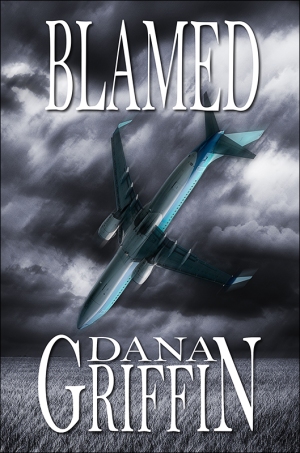 My airline thriller, Blamed, has been available as an eBook on Amazon for a month. The paperback version should be available the third week of September.
My airline thriller, Blamed, has been available as an eBook on Amazon for a month. The paperback version should be available the third week of September. Chapter One
Chapter One